The official Next static export example uses serve, to "serve" the out directory. Since the out directory is just a bunch of static files, you need some sort of connection layer to the outside world/internal network. You could use something like nginx to the serve these assets (which eliminates the need of having to run two web servers). But, if you're looking for an easy way to run a local staging build, then you'll need to use some sort of web server: express, http-server or serve to name a few.
...and can share the working build to anyone in team.
If you're remote and connecting to a WAN, then anyone from your team can visit the staging build (eg: http://wanlocalip:3000 -- you can use address to print out a console message). If you're not connecting to a WAN and if you don't have your own server, then you'll have to create a remote staging environment using a 3rd party service like vercel, AWS, or Digital Ocean to name a few.
With that out of the way, let's take the official with-static-export example and set up a custom express server.
First, we'll add a few dependencies:
yarn add chalk dotenv express
Adjust the package.json file scripts to be:
"scripts": {
"dev": "next",
"export": "next build && next export",
"start": "NODE_ENV=production node ./server.js"
},
Then we'll create a server.js file in the root directory:
server.js
const dotenv = require("dotenv");
// import ENVs from ".env.local" and append to process
dotenv.config({ path: ".env.local" });
const express = require("express");
const address = require("address");
const chalk = require("chalk");
// create express web server instance
const app = express();
// pull out ENVs from process
const { LOCALHOST, PORT } = process.env;
// get the Local IP address
const LOCALIP = address.ip();
// tell express to serve up production assets from the out directory
app.use(express.static("out"));
// tell express to listen for incoming connections on the specified PORT
app.listen(PORT, (err) => {
if (!err) {
// log the LOCALHOST and LOCALIP addresses where the app is running
console.log(
`\n${chalk.rgb(7, 54, 66).bgRgb(38, 139, 210)(" I ")} ${chalk.blue(
"Application is running at"
)} ${chalk.rgb(235, 220, 52).bold(LOCALHOST)} ${chalk.blue(
"or"
)} ${chalk.rgb(235, 220, 52).bold(`http://${LOCALIP}:${PORT}`)}\n`
);
} else {
console.err(`\nUnable to start server: ${err}`);
}
});
Optionally we can adjust the next.config.js to display a compilation message in development:
next.config.js
const { DefinePlugin } = require("webpack");
const FriendlyErrorsWebpackPlugin = require("friendly-errors-webpack-plugin");
const address = require("address");
const { LOCALHOST, NODE_ENV, PORT } = process.env;
const LOCALIP = address.ip();
const plugins = (isServer) => {
const plugins = [];
if (!isServer) {
plugins.push(
/* OPTIONAL -- append ENVS to client-side process */
new DefinePlugin({
"process.env": {
LOCALHOST: JSON.stringify(LOCALHOST),
NODE_ENV: JSON.stringify(NODE_ENV),
},
})
);
} else {
plugins.push(
/* add console compilation messages */
NODE_ENV === "development" &&
new FriendlyErrorsWebpackPlugin({
compilationSuccessInfo: {
messages: [
`Local development build: \x1b[1m${LOCALHOST}\x1b[0m`,
LOCALIP &&
`Remote development build: \x1b[1mhttp://${LOCALIP}:${PORT}\x1b[0m`,
].filter(Boolean),
notes: [
"Note that the development build is not optimized.",
"To create a production build, use \x1b[1m\x1b[32myarn export\x1b[0m.\n",
],
},
clearConsole: false,
})
);
}
return plugins.filter(Boolean);
};
module.exports = {
webpack(config, { isServer }) {
/* adds custom plugins to client and/or server */
config.plugins.push(...plugins(isServer));
/* return new config to next */
return config;
},
};
Now that we have everything set up, we can run yarn export to build and export the project to the out directory, then we can run a local staging environment by running yarn start. Visit one of the addresses printed in the console.
Local

WAN (only accessible to those connected to a LAN connection within the WAN)

Click here to see a working repo example of the above.
If you're still having trouble with your project, then please share a repository; otherwise, it's going to be very difficult to help you troubleshoot.

